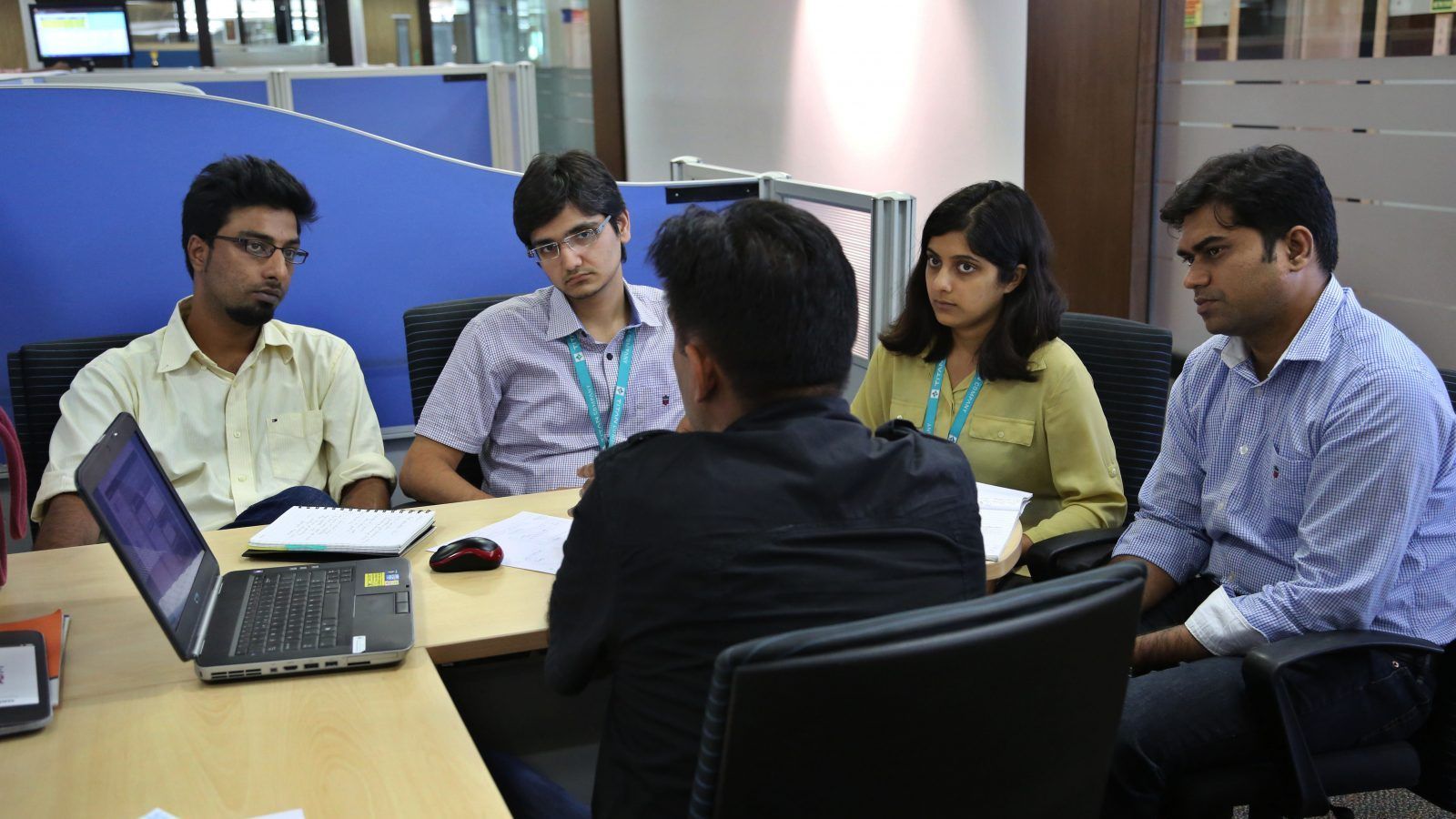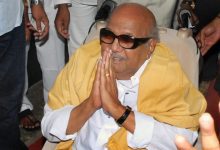With a growing working-age population, which constitutes about two-thirds of the total population, India needs to reinvigorate reform efforts to keep the growth and job engine running. This is critical in a country where per capita income is about $2,000, still well below that of other large emerging economies. A report for Different Truths.
India will need to build on the success of its reforms to sustain rapid growth and raise incomes for the country’s 1.3 billion people, though the economy is gaining momentum. With a growing working-age population, which constitutes about two-thirds of the total population, India needs to reinvigorate reform efforts to keep the growth and job engine running. This is critical in a country where per capita income is about $2,000, still well below that of other large emerging economies.
This is the sum and substance of IMF’s annual assessment of the Indian economy, though the report and the head of the IMF team for India, Ranil Salgado, has also praised it for the pick-up. The India head went further and said in as interview to the in-house publication that growth prospects look bright—partly thanks to the implementation of recent policies, such as the nationwide goods and services tax (GST). As one of the world’s fastest-growing economies—accounting for about 15 percent of global growth—India’s economy has helped to lift millions out of poverty. Salgado likened the India economy to an elephant starting to run.
The report specifically mentions the implementation of the long awaited GST, and the country’s opening up to foreign investors. It precisely shows what the international body and the other big countries want from India, not what the country actually needs. Who will not praise if given more opportunities in India for business! Even though the credit goes to the people and the policies that we have been implementing for years, India is showing consolidated economic growth. It is only partially true that this growth has got momentum because of GST and foreign investors.
IMF expects that economic growth of the country will pick up to about 7.3 per cent for the fiscal year 2018-19 from 6.7 per cent in the previous year. However, in the meanwhile, inflation has edged higher, in part due to a reduction of economic slack, the report emphasised.
It gives a bright picture of the economy, but also warns about the low income of the people, which is well below the per capita incomes in Brazil, Russia, China, and South Africa. It would not be out of context here that per capita income in India, according to World Bank’s World Development Indicators (WDI), is only about $1,800, against the Russia’s above $11,000, Brazil’s about $11,000, South Africa’s above $7,000, and China’s around $7,000. The annual assessment of the IMF, therefore, wisely warns the country about this low income and suggests that country should make more efforts to raise per capita income of the people.
The Executive Board of the International Monetary Fund (IMF) has recently concluded the Article IV consultation with India in which it detailed the gray areas of India economy. It said growth slowed down in 2017-18 to 6.7 percent following disruptions related to the November 2016 currency exchange initiative and the July 2017 GST rollout, but a recovery is underway, led by an investment pickup.
As for low inflation, the IMF did not give much credit to the government policies but to other contributing factors. It said that the headline inflation averaged 3.6 percent in 2017-18, a 17-year low, reflecting low food prices on a return to normal monsoon rainfall, agriculture sector reforms, subdued domestic demand, and currency appreciation. With demand recovering and rising oil prices, medium-term headline inflation has risen to 4.9 percent in May 2018, above the mid-point of the Reserve Bank of India (RBI)’s headline inflation target band of 4 percent ± 2 percent.
The IMF executive board has concluded that the external vulnerabilities of the country remain contained but have risen. The current account deficit widened to 1.9 percent of GDP in 2017-18, on rising imports and oil prices. Gross international reserves rose to US$424.5 billion (about 8 months of prospective imports of goods and services) at the end of March 2018, but declined to US$407.8 billion in the third week of June 2018. Persistently-high household inflation expectations and large general government fiscal deficits and debt remain key macroeconomic challenges. Systemic macro-financial risks persist, as the weak credit cycle could impair growth and the sovereign-bank nexus has created vulnerabilities.
The near-term macroeconomic outlook is broadly favourable. Growth is also forecast to rise to 7.3 percent in 2018-19 and 7.5 percent in 2019-20, but on the condition that investment strengthened and robust private consumption continues.
Headline inflation is projected to rise to 5.2 percent in 2018-19, as demand conditions tighten, along with the recent depreciation of the rupee and higher oil prices, housing rent allowances, and agricultural minimum support prices.
The current account deficit is projected to widen further to 2.6 percent of GDP on rising oil prices and strong demand for imports, offset by a slight increase in remittances. As inflation pressures have risen, monetary policy was tightened in early June 2018. Fiscal consolidation is expected to resume in 2018-19, with the 2018-19 Union Budget deficit target of 3.3 percent of GDP (equivalent to 3.6 percent of GDP in IMF terms). Financial sector reforms have been undertaken to address the twin balance sheet problems, as well as to revive bank credit and enhance the efficiency of credit provision by accelerating the cleanup of bank and corporate balance sheets.
Economic risks are tilted to the downside. On the external side, risks include a further increase in international oil prices, tighter global financial conditions, a retreat from cross-border integration, including spillover risks from a global trade conflict, and rising regional geopolitical tensions. Domestic risks pertain to tax revenue shortfalls related to continued GST implementation issues and delays in addressing the twin balance sheet problems and other structural reforms. IMF takes note of the need for fiscal consolidation to reduce public debt. It also emphasized the need to reach this year’s budget target and to take corrective actions if required. In this context, it also noted that there is a scope for simplifying the GST framework to enhance compliance. With upside inflation risks, further gradual tightening is likely needed to anchor expectations and maintain monetary policy credibility. It recommended improvement in governance in the banking sector. Land reforms remain essential to facilitate and expedite infrastructure development, to raise productivity in the agricultural sector, and to foster rapid inclusive growth.
Gyan Pathak
©IPA Service
Photo from the Internet






 By
By
 By
By